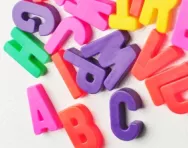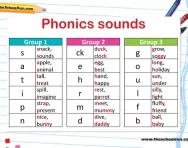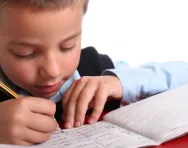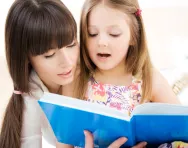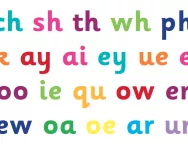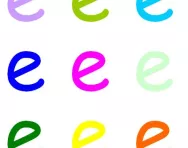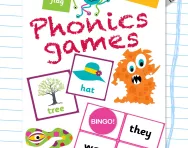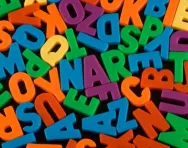Important update from TheSchoolRun
For the past 13 years, TheSchoolRun has been run by a small team of mums working from home, dedicated to providing quality educational resources to primary school parents. Unfortunately, rising supplier costs and falling revenue have made it impossible for us to continue operating, and we’ve had to make the difficult decision to close. The good news: We’ve arranged for another educational provider to take over many of our resources. These will be hosted on a new portal, where the content will be updated and expanded to support your child’s learning.
What this means for subscribers:
- Your subscription is still active, and for now, you can keep using the website as normal — just log in with your usual details to access all our articles and resources*.
- In a few months, all resources will move to the new portal. You’ll continue to have access there until your subscription ends. We’ll send you full details nearer the time.
- As a thank you for your support, we’ll also be sending you 16 primary school eBooks (worth £108.84) to download and keep.
A few changes to be aware of:
- The Learning Journey weekly email has ended, but your child’s plan will still be updated on your dashboard each Monday. Just log in to see the recommended worksheets.
- The 11+ weekly emails have now ended. We sent you all the remaining emails in the series at the end of March — please check your inbox (and spam folder) if you haven’t seen them. You can also follow the full programme here: 11+ Learning Journey.
If you have any questions, please contact us at [email protected]. Thank you for being part of our journey it’s been a privilege to support your family’s learning.
*If you need to reset your password, it will still work as usual. Please check your spam folder if the reset email doesn’t appear in your inbox.
What is a trigraph?
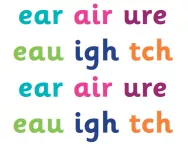
What is a trigraph?
A digraph is two letters (two vowels or two consonants or a vowel and a consonant) which together make one sound.
A trigraph is a single sound that is represented by three letters, for example:
In the word 'match', the three letters 'tch' at the end make only one sound.
Other examples of trigraphs are:
igh as in sigh
ore as in bore
air as in fair
ear as in dear
are as in dare
All the trigraphs above trigraphs will be taught to children in Year 1.
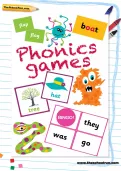
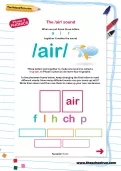
Your 'at-home' phonics support kit
- Step-by-step phonics programme
- Your guide to phonics
- Worksheets & games
Teaching methods vary as to how these are taught, but the process may go as follows: A teacher may choose a trigraph to focus on for a few days, for example: tch. She may start by writing a word on the board: 'match' and asking children to say it out loud. She may then underline the letters 'tch' and encourage the children to make this noise.
The children may then be asked to do a number of activities of the week. These may include any of the following:
- Simply writing the letters 'tch' on their own mini-whiteboard, to practise forming the letters in order and joining them together.
- Being given some cut-up words cards, some with 'tch' on the end and some with an ending they have learnt previously, such as: 'ck', for example:
| clock | match | rock | sock |
| catch | snatch | tick | stack |
Children then need to put the words into two groups, according to their endings.
- Fill-the-gaps worksheets, where children are given a picture and then a word with the ending missing, for example:
ha_ _ _
- Cut-up phonics cards, where children have to put phonemes together to make a word, for example, children could make the words hatch, catch, witch and latch with the following cards:
| h | a | c | a |
| w | i | l | a |
| tch | tch | tch | tch |


